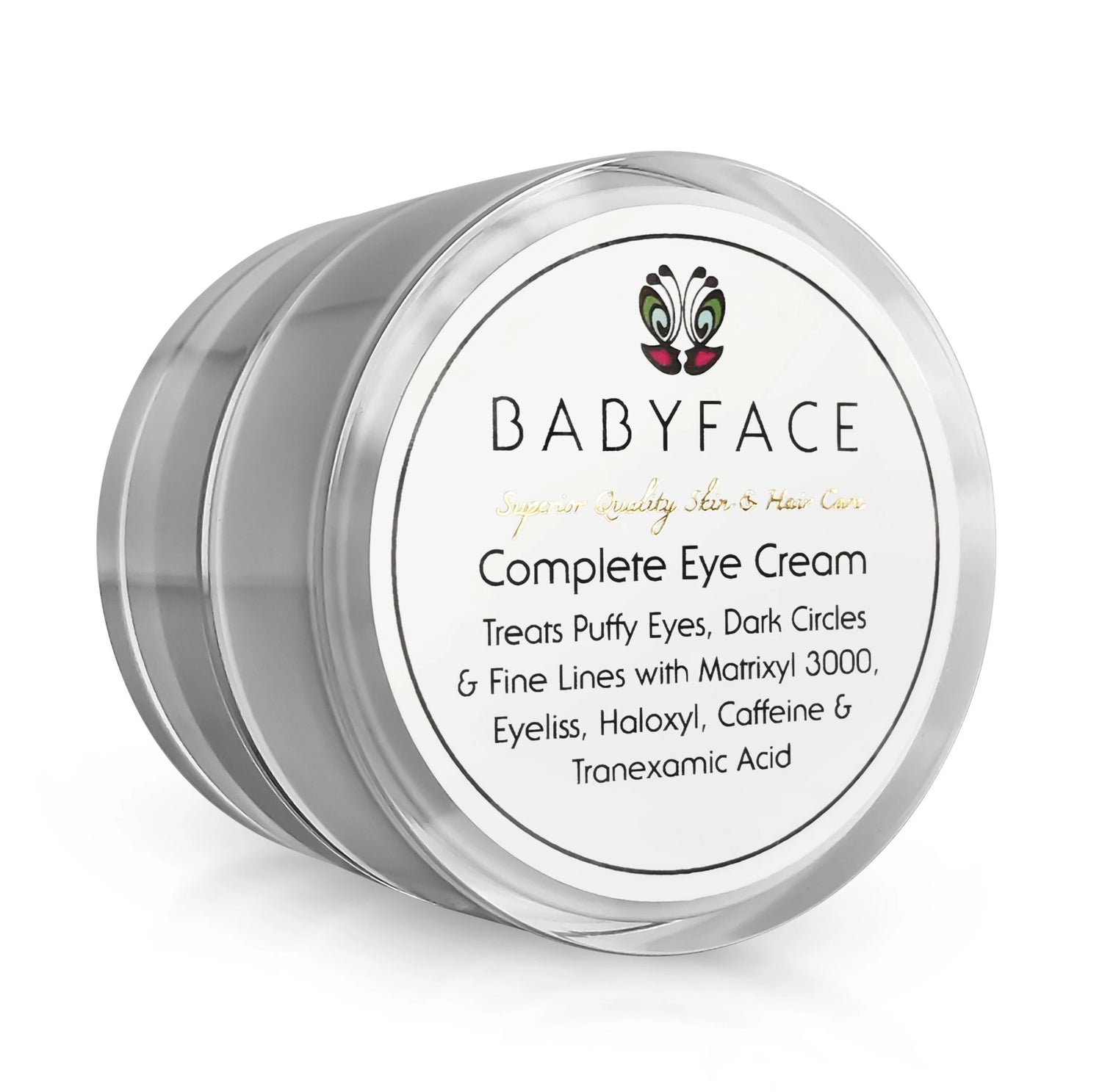All About Hair Porosity: What It Is And How To Treat It
Giorgia G.Share

Hands up if you know what hair porosity is.
It’s one of those hair terms everyone throws around and no one knows what it means.
The only thing you’re certain of is that if this porosity thing is too high or too low, your hair’s in some sort of trouble. And you can’t help it if you don’t understand its language.
So, let’s shed some light on this mystery. Here’s the lowdown on hair porosity: what it is, why it matters and how it helps you choose the right haircare products for your locks:
What’s Hair Porosity?
Hair porosity is your hair’s ability to hold moisture.
When your hair has all the moisture it needs, your locks are healthy. Shiny. Strong. But when the cuticle’s damaged, moisture evaporates out into thin air, leading to all kinds of problems. Dryness. Frizziness. Breakage. You name it.
A few things can affect hair porosity:
- Chemical treatments
- Genetics
- Heat treatments
- Sun exposure
Depending on these factors, your hair porosity falls in one of these three categories:
- Low porosity: your hair can’t absorb moisture easily.
- Normal porosity: your hair can retain all the moisture it needs.
- High porosity: your hair can’t retain moisture.
Don’t know how to figure out your hair porosity? Take the Float Test.
The Float Porosity Test: How To Figure Out Your Hair Porosity
The Float Test is the quickest way to measure your hair porosity. Here’s what you need to do:
Take a strand of dry, clean hair and drop it in a glass of water. What’s the hair doing?
- It floats towards the top and takes a while to sink in: porosity is low.
- It lingers about midway in the glass: porosity is medium.
- It sinks to the bottom immediately: porosity is high.
How To Deal With Low Porosity Hair
If your hair has low porosity, your cuticles are shut so tight, it won’t absorb moisture.
All those oils and conditioners you slather on it? Wasted. They can’t moisturize your locks from within. That’s why low porosity hair feels like it’s dry even though it’s not. But hey, on the plus side, your hair is so shiny!
Be careful when using oils, butters, or protein-rich conditioners: because your hair absorbs so little, they often lead to buildup.
Instead, opt for conditioners loaded with humectants, such as glycerin or honey. They work by attracting moisture from the air into your locks. Plus, these conditioners are more lightweight so they won’t cause as much buildup.
Make sure you apply your conditioners to wet hair. Wet hair is more absorbent than dry hair and you want to maximize your chances of those goodies getting through to your hair.
Same with styling products. Apply them to wet hair whenever you can and finish off with a steamer. The heat keeps the cuticles open so they can absorb moisture better.
How To Deal With Normal Porosity Hair
Blessed with normal porosity hair? Congratulations! You’ve won the hair porosity lottery.
Normal porosity hair has a cuticle that’s just a little looser to allow the right amount of moisture to enter but prevents too much moisture from escaping.
In other words, it holds onto moisture for a long time. All that moisture keeps it soft and shiny, and easy to style. Whatever you’re doing is working.
The bad news? Your hair porosity could go low or high at any time, especially if you dye, perm or chemically treat your hair. Be gentle.
Normal hair porosity is very low maintenance. But once or twice a month, use a deep conditioning treatment with protein to keep your hair healthy and shiny.
How To Deal With High Porosity Hair
High porosity hair can’t retain moisture. The cuticle’s all cracked and broken in places. It doesn’t matter how much moisture you keep adding, it just evaporates through the cracks. That’s why your hair is so dry. All. The. Time.
Rich butters and oils are your new BFF. They coat the cuticles, creating a protective barrier that moisturizes hair without letting moisture evaporate. Coconut oil is the best for this.
Another trick is to regularly use protein hair treatments. Protein fills in the gaps in your cuticle, preventing moisture from evaporating.
It’s also a good idea to give your hair a break from perming, dyeing and heating tools. Your hair is never going to get better if you keep damaging it!
Now you know what your hair porosity is, hair care shopping will be a breeze.

